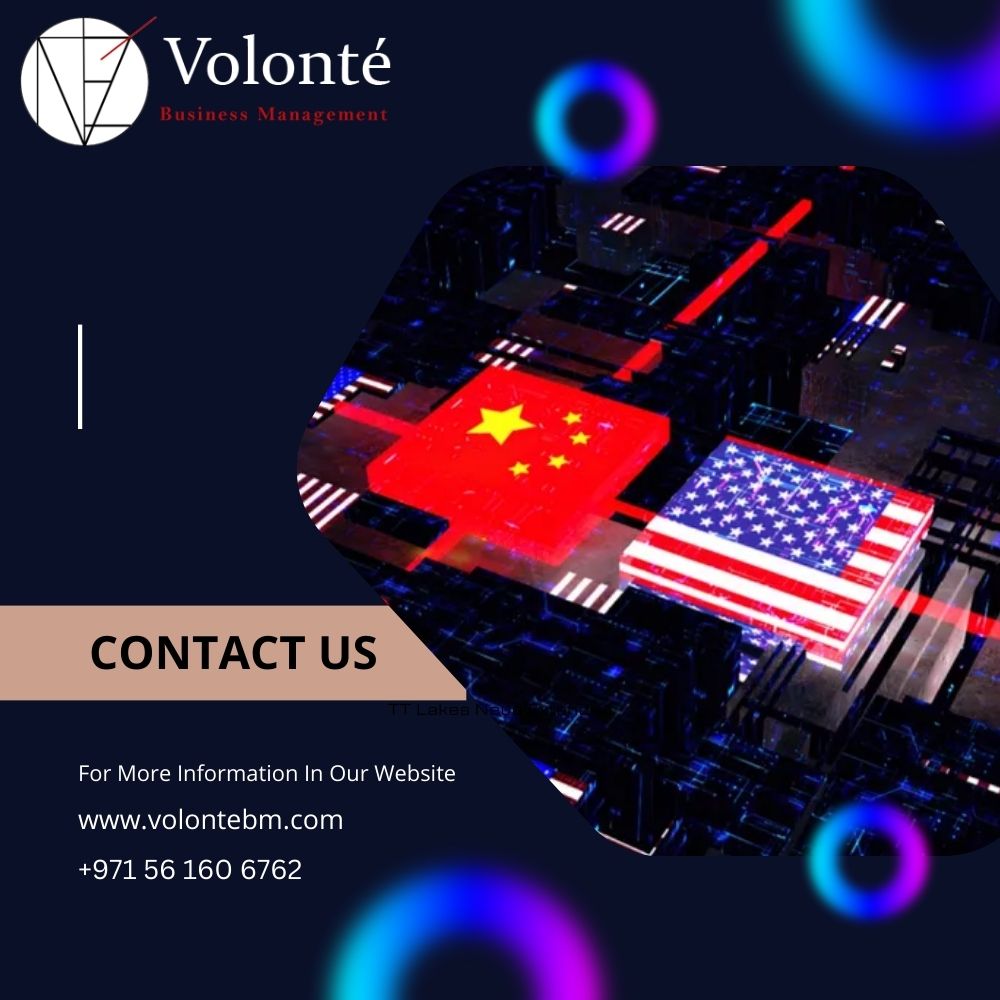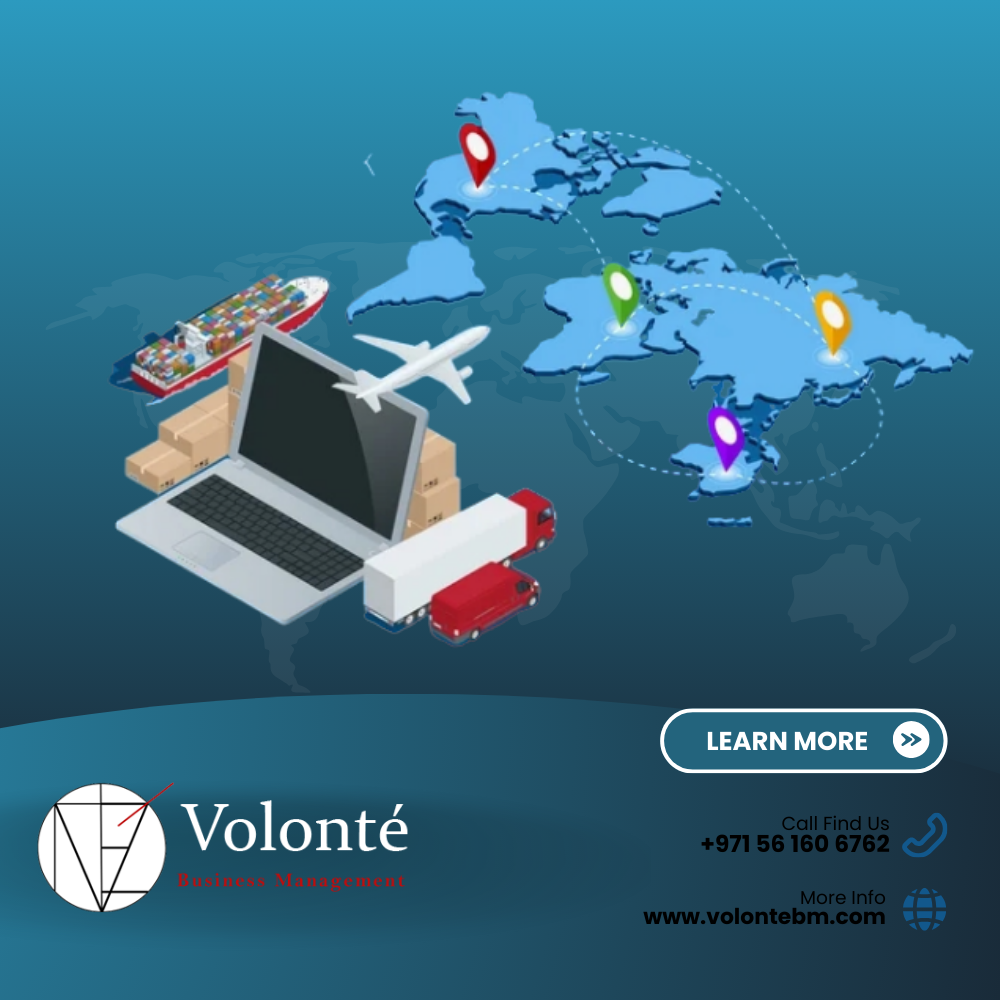Intensification of High-Tech Competition

The global landscape of high-tech industries is witnessing unprecedented competition as major economic powers vie for technological supremacy. This intensification is reshaping economies, driving innovation, and transforming geopolitical dynamics. Key drivers of high-tech competition include: Technological innovation: breakthroughs in AI, quantum computing, biotechnology, and renewable energy are at the forefront of the competition. National security concerns: tech advancements have significant implications for national security. Countries are prioritizing the development and control of critical tech to protect their sovereignty and security interests. Economic growth and competitiveness: high-tech industries create jobs and drive economic prosperity. Geopolitical rivalries: US and China are implementing policies to secure technological dominance and reduce reliance on foreign tech. Implications and Future Outlook: Tech advancements: the competition will accelerate tech advancements, leading to new products, services, and solution to improve quality of life and address critical issues. Economic shifts: high-tech countries will experience economic growth; low-techs will face increased dependence on leading nations. Geopolitical tensions: increasing rapidly, countries must navigate these dynamics carefully to avoid conflict and promote stability.
Grouping on Supply Chain into Political Interest Spheres: The US and China

The supply chain dynamics between the US and China have become increasingly shaped by political interests. The ongoing rivalry between these 2 superpowers has let to the formation of distinct supply chain spheres, influenced by their respective geopolitical strategies and economic policies. The US has been actively working to reduce its dependence on Chinese manufacturing and technology. This shift is driven by concerns over national security, intellectual property protection, and the desire to revitalize domestic manufacturing. Key strategies include: Reshoring and nearshoring American companies. Alliance and trade agreements with allied nations such as Japan, South Korea, and Europe. Investing in emerging technologies such as AI, semiconductor manufacturing, and green energy. China on the other hand is focusing on consolidating its role as the world’s manufacturing hub while expanding influence through initiatives. Key components of China’s strategy include: Belt and Road Initiative: expanding infrastructure tend trade networks across Asia, Africa, and Europe. Technological investing in 5G, AI, renewable energy. Regional trade agreements such as RCEP with neighboring countries. The bifurcation of global supply chains into US and China-led spheres has significant implications for global trade economic stability, and international relations. Companies worldwide must navigate this new landscape by diversifying supply resources and staying agile. This trend is likely to continue with both nations leveraging their economic and technological capabilities to expand their influence and secure their supply chain against future disruptions
